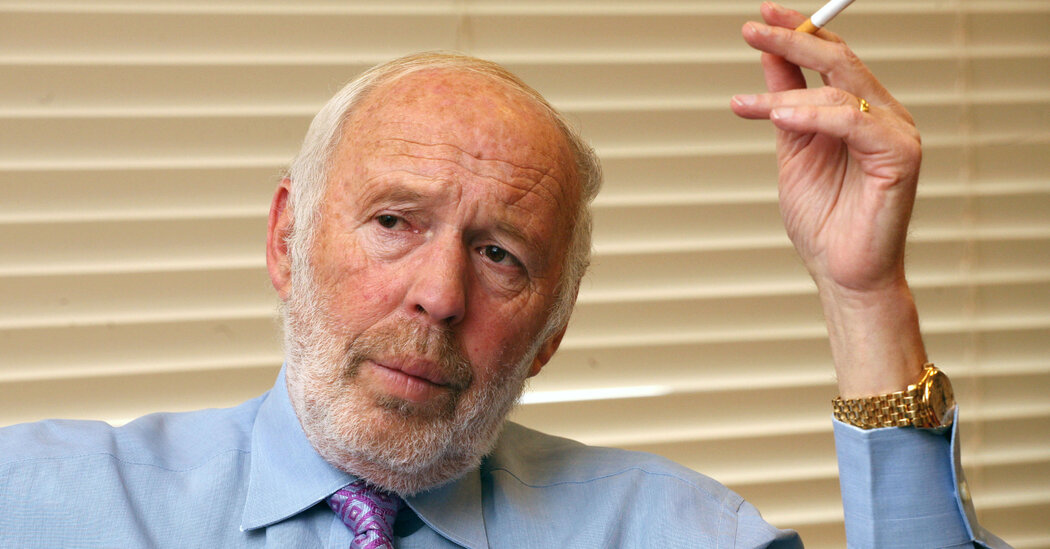Jim Simons, the prizewinning mathematician who deserted a heavenly scholarly vocation, then dove into finance — a world he didn’t know anything about — and became one of the best Money Road financial backers ever, kicked the bucket on Friday in his home in Manhattan. He was 86. His demise was affirmed by his representative, Jonathan Gasthalter, who didn’t determine a reason. Subsequent to distributing advancement concentrates on in math that would assume a fundamental part in quantum field hypothesis, string hypothesis and dense matter material science, Mr. Simons chose to apply his virtuoso to a more trite subject — getting however much cash that he could in as short a period as could be expected.

So at age 40 he opened a customer facing facade office in a Long Island strip shopping center and set about demonstrating that exchanging items, monetary forms, stocks and bonds could be close to as unsurprising as math and fractional differential conditions. Rejecting monetary investigators and business college graduates, he recruited similar mathematicians and researchers. Mr. Simons outfitted his partners with cutting edge PCs to handle downpours of information sifted through numerical models, and turned the four speculation finances in his new firm, Advances into virtual cash printing machines. Emblem, the biggest of these assets, acquired more than $100 billion in exchanging benefits the 30 years following its commencement in 1988. It produced an incomprehensible 66 percent normal yearly return during that period. That was an obviously better long haul execution than celebrated financial backers like Warren Buffett and George Soros accomplished. “Nobody in the venture world even comes close,” composed Gregory Zuckerman, one of only a handful of exceptional writers to talk with Mr. Simons and the writer of his life story, “The One Who Tackled the Market.” By 2020, Mr. Simons’ way to deal with the market — known as quantitative, or quant, money management — represented close to 33% of Money Road exchanging activities. Indeed, even conventional trading companies that depended on corporate exploration, sense and individual contacts felt a sense of urgency to take on some of Mr. Simons’ PC driven technique. For quite a bit of its presence, Renaissance reserves were the biggest quant assets on Money Road, and its way of putting prodded an ocean change in the manner mutual funds exchanged and brought in cash for their rich financial backers and benefits reserves.
















